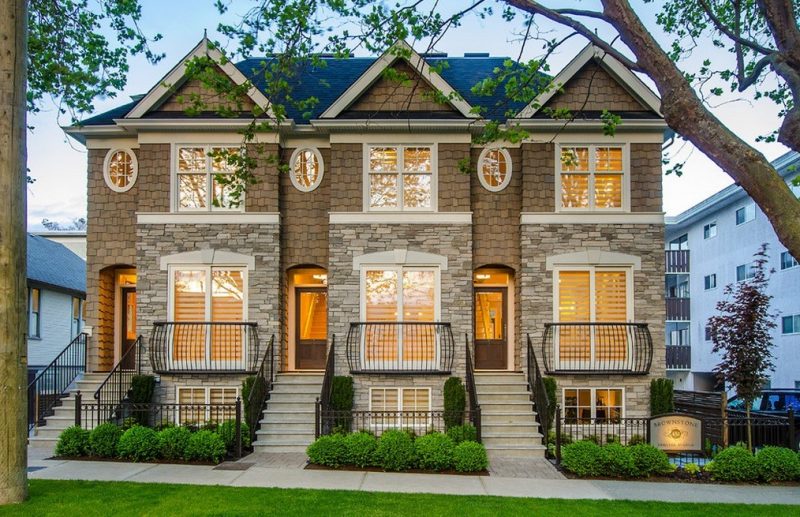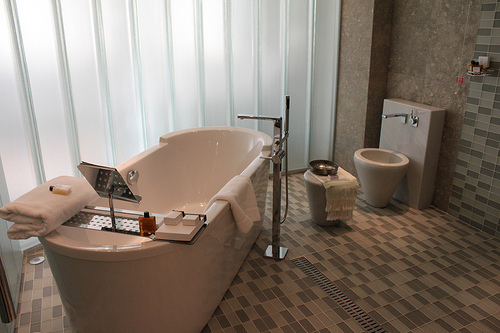5 Housing Options For People With A Disability
Persons with disabilities have unique needs. These needs encompass housing, assistance, and understanding. However, for them to live comfortably, safe from the dangers of prejudice and discrimination, suitable housing should first be prioritized. The environment highly affects the welfare of persons with disabilities. Just like any other person, they need to be in a good neighborhood where they can socialize with other community members and live their lives to the fullest. Also, suitable housing allows them to be more active in community activities.
There are many different housing options for people with disabilities. These housing options are designed to cater to their exact needs. The options vary from supportive housing, assisted and independent living, home care, and even trust funds. These options are guaranteed to provide security, entertainment, and excellent caregivers. Moreover, they’re very affordable and comfortable. There are services for helping people with housing, so do research online to view more information.
- Supportive Housing For Persons With Disabilities
This is a program by the Department of Housing and Urban Development. It’s dedicated to offering affordable and accessible housing for the non-elderly community with disabilities who have meager incomes. Aside from that, there’s also a housing choice voucher. This voucher is meant to aid very low-income families, the elderly, and persons with disabilities. The goal is for those sectors to be able to afford, at least, rental housing in the private communities.
- Assisted Living
This type of housing option is a residential community wherein people with disabilities or seniors are housed. They’re assisted with their everyday activities such as eating, bathing, dressing, and using the restrooms. Some consider several factors when choosing the right retirement community for their elderly parents.
In this community, residents live in private or semi-private units, so it would still feel like independent living. Besides, assisted living services can be tailored depending on the resident’s needs, so more or less, they can still perform daily tasks which are manageable.
Assisted living is not for those who can still perform daily tasks independently. This will only entail service charges and might be costlier than the usual fee. The assisted living facility in the United States usually costs about $3750 per month.
- Independent Living
Independent living is also a residential community for persons with disabilities and seniors. This service offers private homes as well. It’s best for people who can still live independently, but want the convenience of minimized tasks. It has low maintenance of lifestyle, but the support is not as extensive as assisted living. Independent living is most suited for those who want to experience more social interaction.
This type of living is priced slightly lower than assisted living. It ranges from $1,000 – $3,500 a month, enough to cover the amenities for a one-bedroom apartment but doesn’t cover full-time health care.
- Home Care
This type of living is the most expensive, reaching $4099 a month. Home Care provides in-home personal and medical care. This is best for those who want to choose the most familiar home. The lifestyle will be most private and comfortable. Although the drawbacks would be the cost and that medical care might not be 24/7 available. The service covers hygiene, house chores, and other tasks which require assistance
Assisted Living, Independent Living, and Home Care are the available housing options for a person with disabilities. However, there are also other programs crafted by the government. Housing financial aids are also available to help those who are in dire need. These aids and grants make housing expenses way affordable. As they are government-funded, they are safe and have passed through safety clearance. There are other subsidies and financial aids as well.
- National Housing Trust Fund
The National Housing Trust Fund is responsible for grant provisions to build, preserve, and rehabilitate housing for people earning the lowest incomes. The only disadvantage of these financial aids is that it’s focused on the house itself and not on the residents. Yes, the place will be cheaper, but will there be assistance to carry out daily tasks? The answer is a flat no.
Conclusion
Just like anybody else, persons with disabilities are essential members of society. Their unique needs provide more reason there should be affordable, comfortable, and welcoming housing options. This ensures that the welfare of the people is prioritized regardless of age, gender, race, social status, and physical ability. Every person is deserving of a home where they can be safe and peaceful.
Moreover, housing options are specifically designed to cater to those who are in need, like persons with disabilities. This is concrete proof that despite the struggles people with disability face, the society is putting up a great effort to make life better and more equitable.




